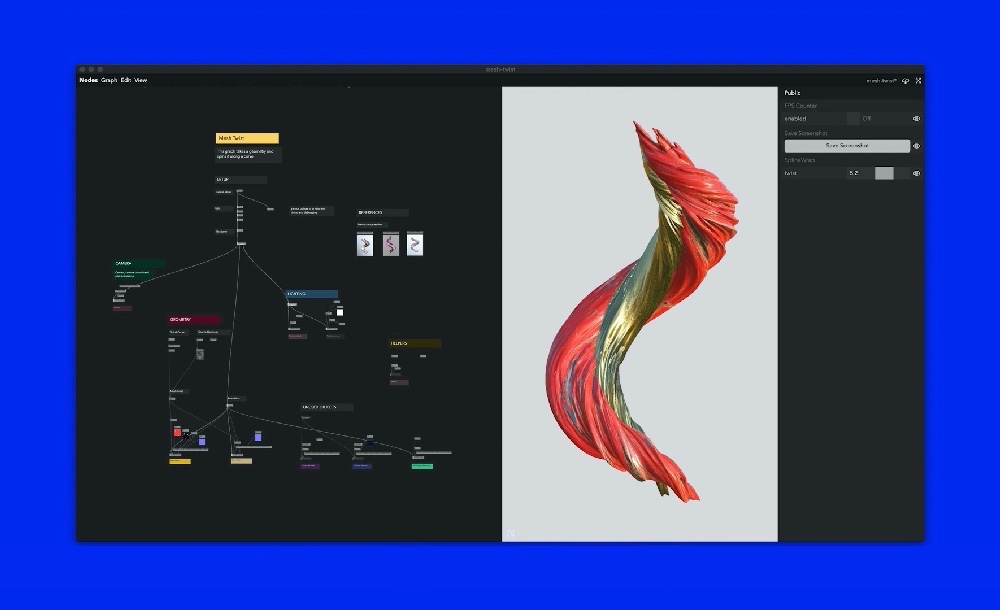Google Arts & Culture
MRI of the Earth
Machine learning data-art on the web.
Together with Refik Anadol and Google Arts & Culture, we narrate the global climate crisis, analysing its roots, and taking a snapshot of what Earth's landscapes are now and what they could look like in the future if no further action is taken.
Client
- Google Arts & Culture
2022 / London, UK
The story
We often hear the big numbers about climate change, but making them relatable is another story.
We set out to use the metaphor of a sick patient in need of an MRI to show the symptoms of the climate crisis.
In this project we learn about the current state of the Earth through data, remember the beauty of nature through photographic memories and dream about possible futures using AI.

You can see a live version here: MRI of the Earth.
Learn: Globe
The exponential increase of events and damaging human activity in the past decades is accentuated by increasing glitches (disabled for user with reduced motion accessibility settings), a saturation of both the globe and the timeline, and the graphs going over their mean lines.
These visual elements are coupled with sound design and the use of ever more layered music as the decades go as well as ominous beeps on every event reveal.
Data
Following a scientific approach, we gathered the right data that could simply show the impact of humans on global warming and verified them with the help of an expert. Visit MRI of the Earth's About page for full details about the data sources.




Remember: UMAP
Refik Anadol collected over 200 million images to create a collective memory of Earth's natural landscape and used UMAP algorithm to group them by similarity.


We took the visualisation data, added lighting and rendered it in 3D.

The visitors explore the dataset and discover embedded AI generated images that lead to the final chapter of the experience.
Dream: GAN
This photographic memories are then translated by a machine learning GAN (generative adversarial network) that "dreams" a myriad of possible landscapes.
"...an invitation to question the future we want and its artificiality."
Experience the full dream sequence on artsexperiments.withgoogle.com.
See also
Are you interested in creating engaging interactive experiences? Learn more about Generative Art, our visual programming tool Nodes, or contact us and say hello.


